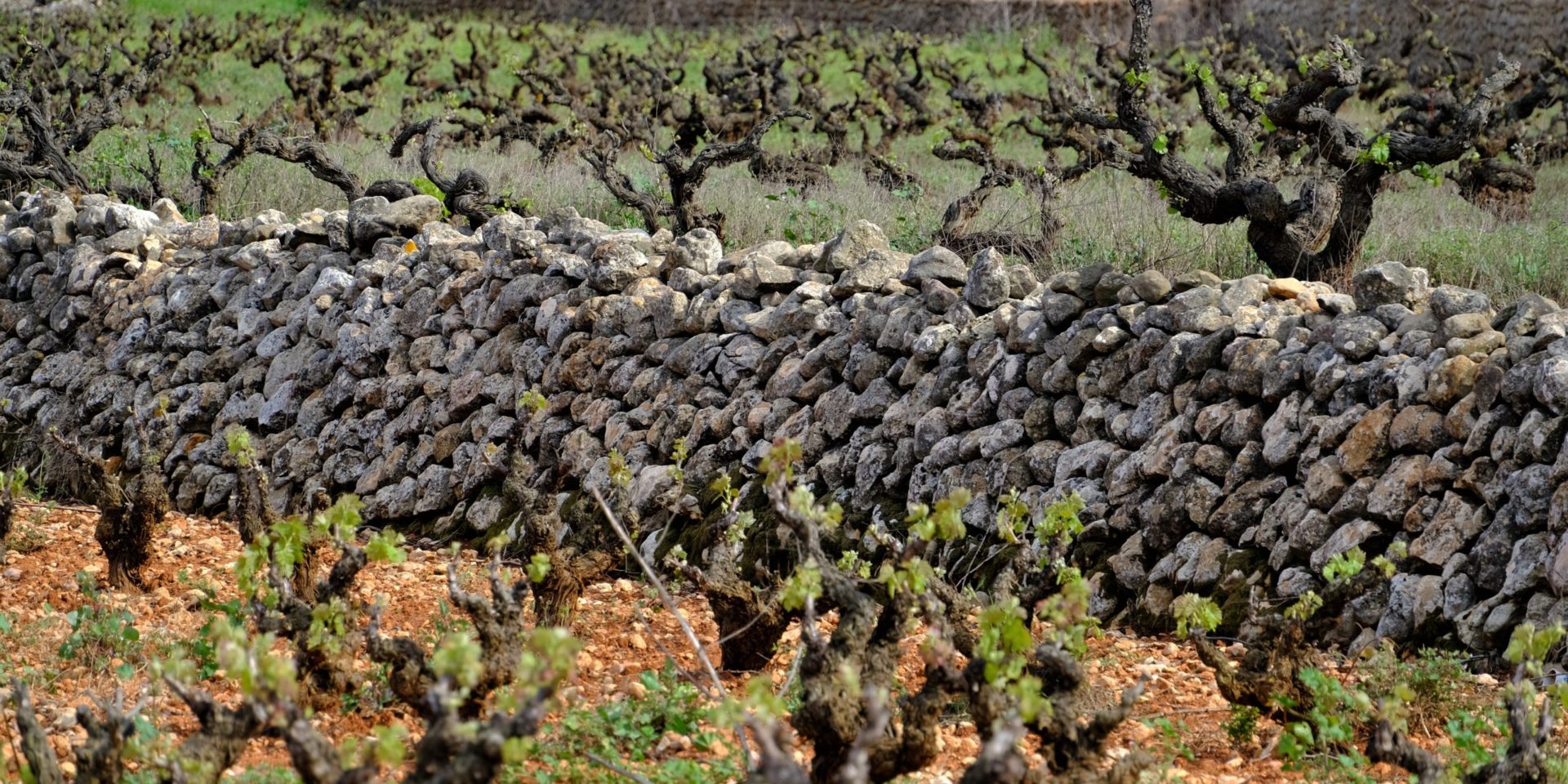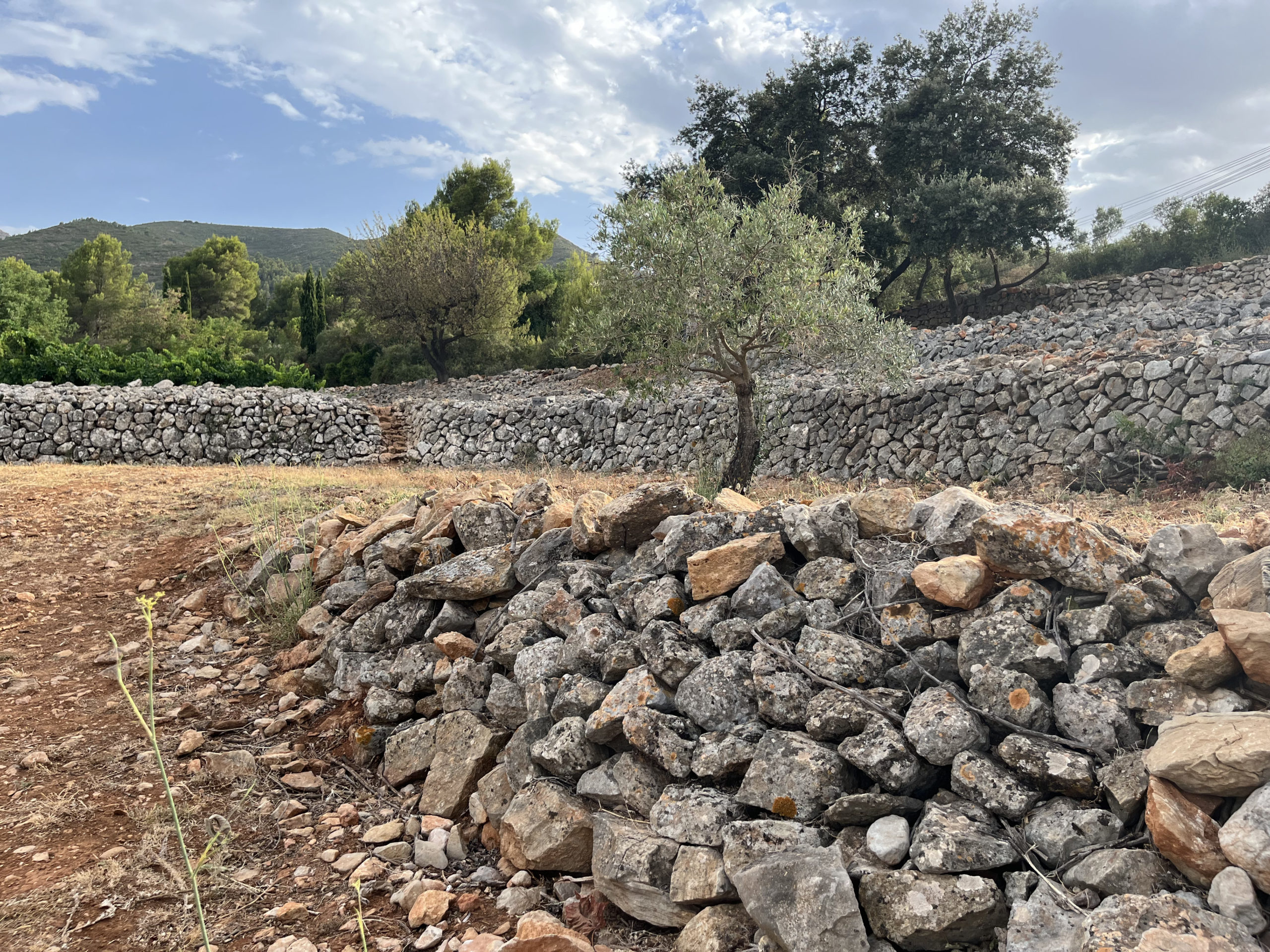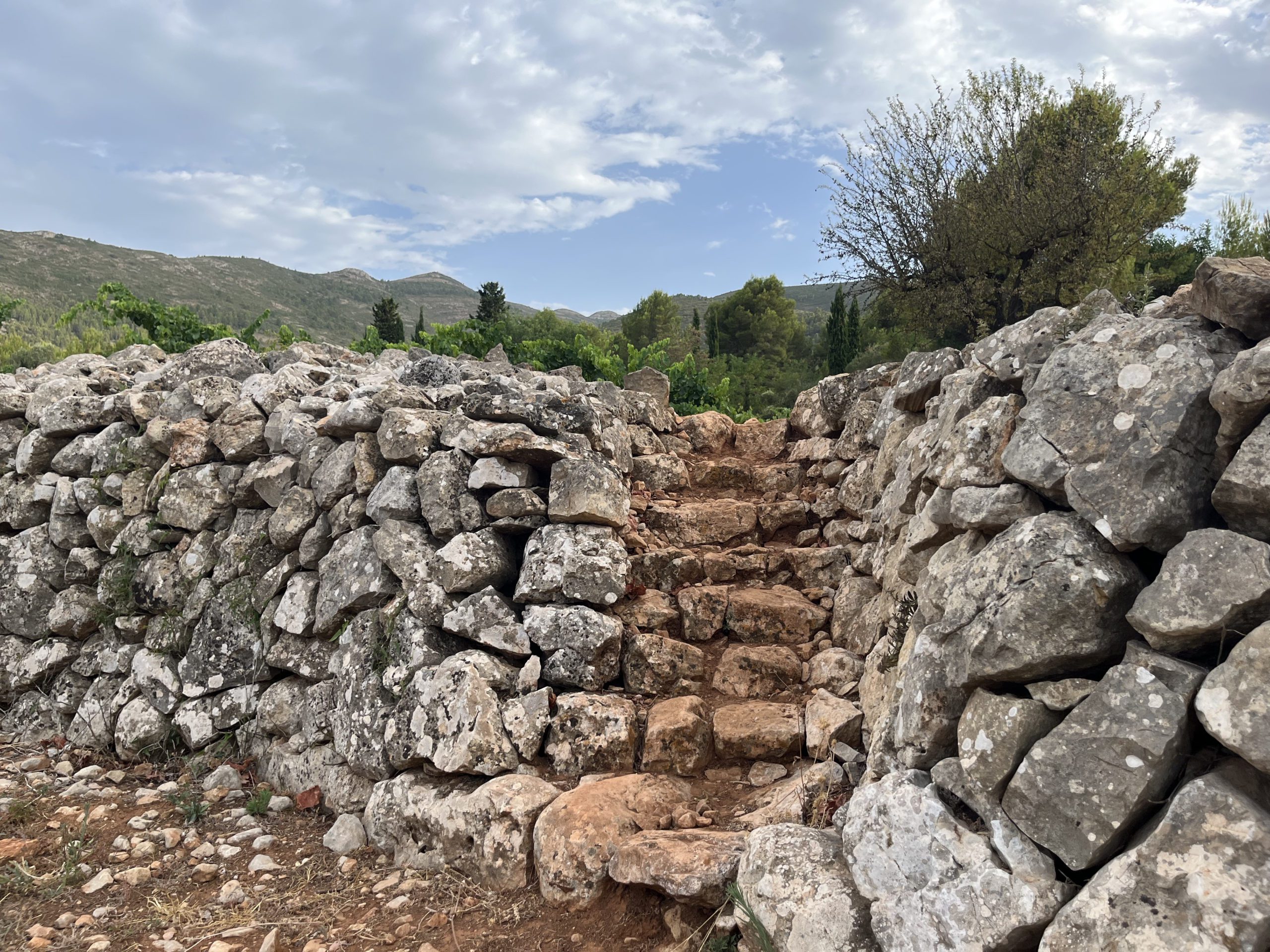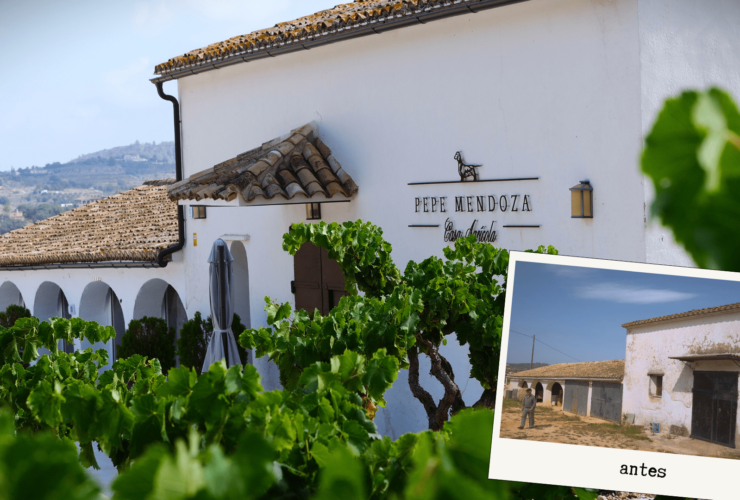Dry Stone Walls
The construction of edificactions with dry stone is an ancient tradition that currently occurs mainly in rural areas. It consists of building using stones of different sizes that are made to fit together as if it were a puzzle. This construction system does not use mortar or similar for its support, but is based on the perfect fit of the stones used. This absence of mortar means that a dry stone wall does not have the weakness of being overcome by its deterioration. If something can affect these buildings, it is geological changes in the terrain and not their own construction.
This construction is considered an art since, as we have mentioned, it is thousands of years old. We can mainly find dry stone constructions in the livestock and agriculture sector, where the closing walls raised in this way are used to delimit properties or other areas. They have no negative impact on the soil and are very durable. They also adapt perfectly to the climatology and geology of each area in which they are carried out.
In Spain it is very common to find dry stone buildings in the northern areas: Galicia, Asturias, Cantabria, the Basque Country. In our case, we have used this construction technique to build walls that create terraces in our vineyards. In the Marina Alta, our area, the construction of dry stone walls is an inheritance from the Arabs and later from the repopulating Majorcans. In the photos accompanying this article you can see how we have terraced the vineyards of the Giró variety in Abargues.
In 2018, and after the presentation of a candidacy promoted by eight European countries, UNESCO recognized this construction technique as Intangible Cultural Heritage of Humanity. The countries that promoted this measure were Croatia, Cyprus, France, Greece, Italy, Slovenia, Spain and Switzerland.
Puede que también te interese

Iron and Rock, a Love Story… FIERROCA.
Notice: Undefined offset: 0 in /home/casaagricola/web/casaagricola.es/public_html/wp-content/themes/ave/theme/liquid-template-tags.php on line 759
Notice: Trying to get property 'name' of non-object in /home/casaagricola/web/casaagricola.es/public_html/wp-content/themes/ave/theme/liquid-template-tags.php on line 759
Notice: Undefined offset: 0 in /home/casaagricola/web/casaagricola.es/public_html/wp-content/themes/ave/theme/liquid-template-tags.php on line 760
Notice: Trying to get property 'term_id' of non-object in /home/casaagricola/web/casaagricola.es/public_html/wp-content/themes/ave/theme/liquid-template-tags.php on line 760










